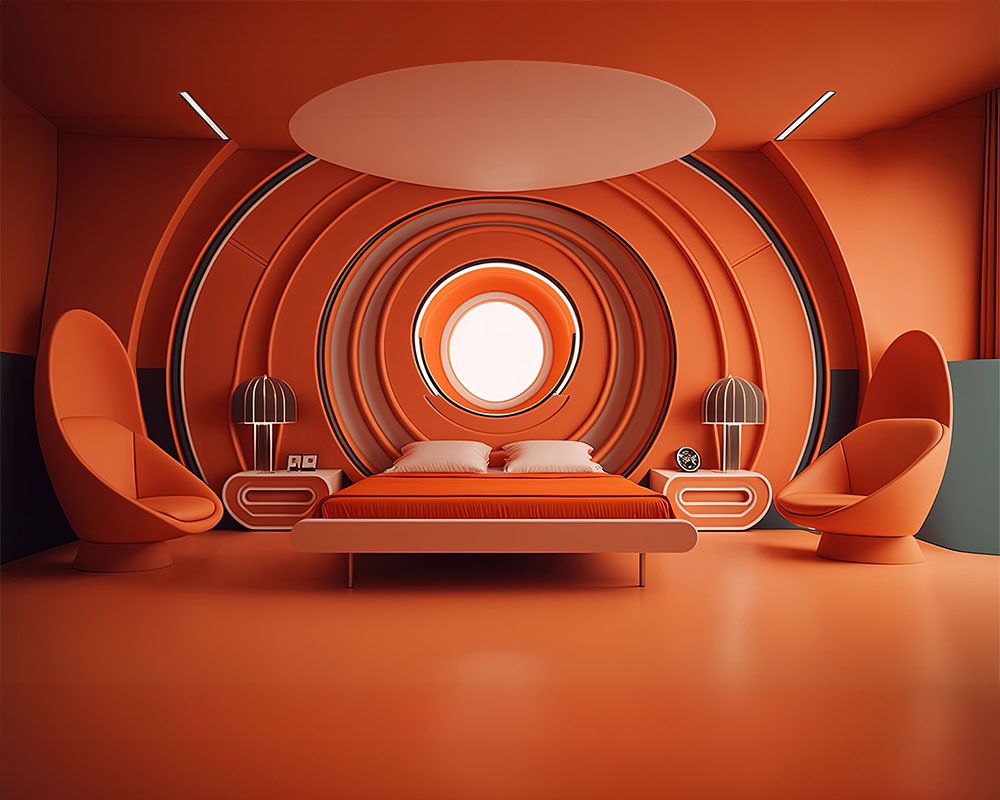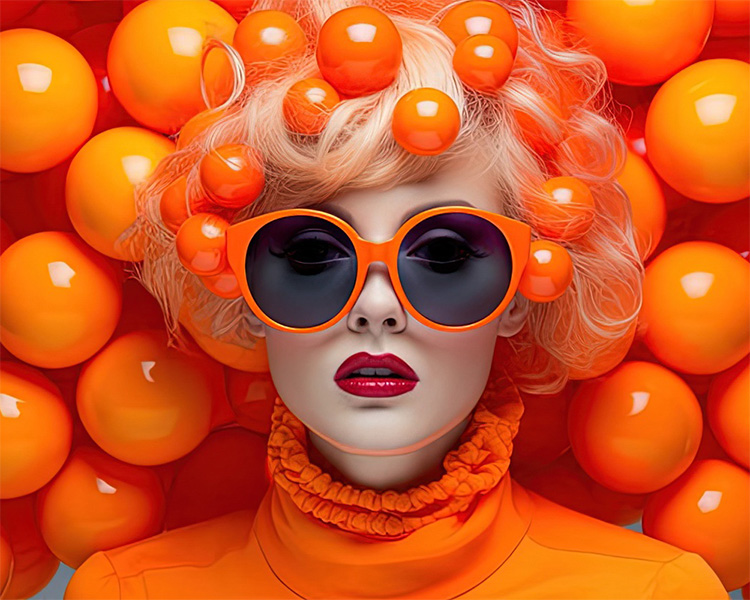The digital landscape shimmers with the promise of boundless creativity. Artificial intelligence beckons us into a wonderland of image-conjuring algorithms. Months spent training generative models from different “AI art” platforms, crafting prompts, and witnessing the birth of breathtaking digital worlds have left me, however, with a lingering disquiet: Is AI friend or foe of artists?

The potential is undeniable. “AI art” bursts onto the scene like a revolutionary, promising to democratize creative expression and shatter artistic barriers. And it delivers, at least superficially. Landscapes blossom from a mere whisper, intricate characters materialize from fleeting descriptions. Yet, amidst the dazzling spectacle, a subtle doubt takes root. Where, within this algorithmic alchemy, does the magic of the human touch reside?
I’ve seen too many works that feel eerily like Frankenstein’s creations, stitched together from the borrowed (without their consent) styles from many artists. Consequently, the voice, that unique signature of the creative soul, seems muted, drowned out by the machine-generated echoes. My own experience mirrors this concern. Crafting prompts feels less like birthing an idea and more like feeding keywords into a digital slot machine, chasing that jackpot image. There’s undeniable thrill in the surprise output, but the question persists: who truly holds the creative power.

This is not a call to arms against progress. Digital tools are extensions of our creative selves. AI, in its current iteration, however, feels more like a subcontractor than a collaborator. It excels at the repetitive tasks, churning out the mechanical aspects, freeing us to explore the wilder shores of imagination. But to surrender completely, to let the machine do the heavy lifting while we watch from the sidelines, is to surrender the very essence of what makes art – human art – so vital.
The future, though veiled in uncertainty, holds promise. Responsible use, respect for intellectual property rights, and a healthy dose of critical awareness are the antidotes to the potential pitfalls of AI art. It can be a powerful tool, but one wielded with the same respect and intentionality as any traditional medium.
I, for one, won’t allow an AI to completely take over my artistic voice. I would embrace its assistance, dance with its possibilities, but never let it drown out my personal manners speaking through my art, for it is in the messy, imperfect strokes of human expression, that true art finds its voice. Yet I’ve seen with some sadness that many artist feeds that once featured interesting original creations had now been taken over by bland imagery.

And what of you? Do you feel the same disquiet amidst the whirring and clicking? Or do you see a brighter future, where human and machine, hand in hand, create a masterpiece?

Leave a Reply